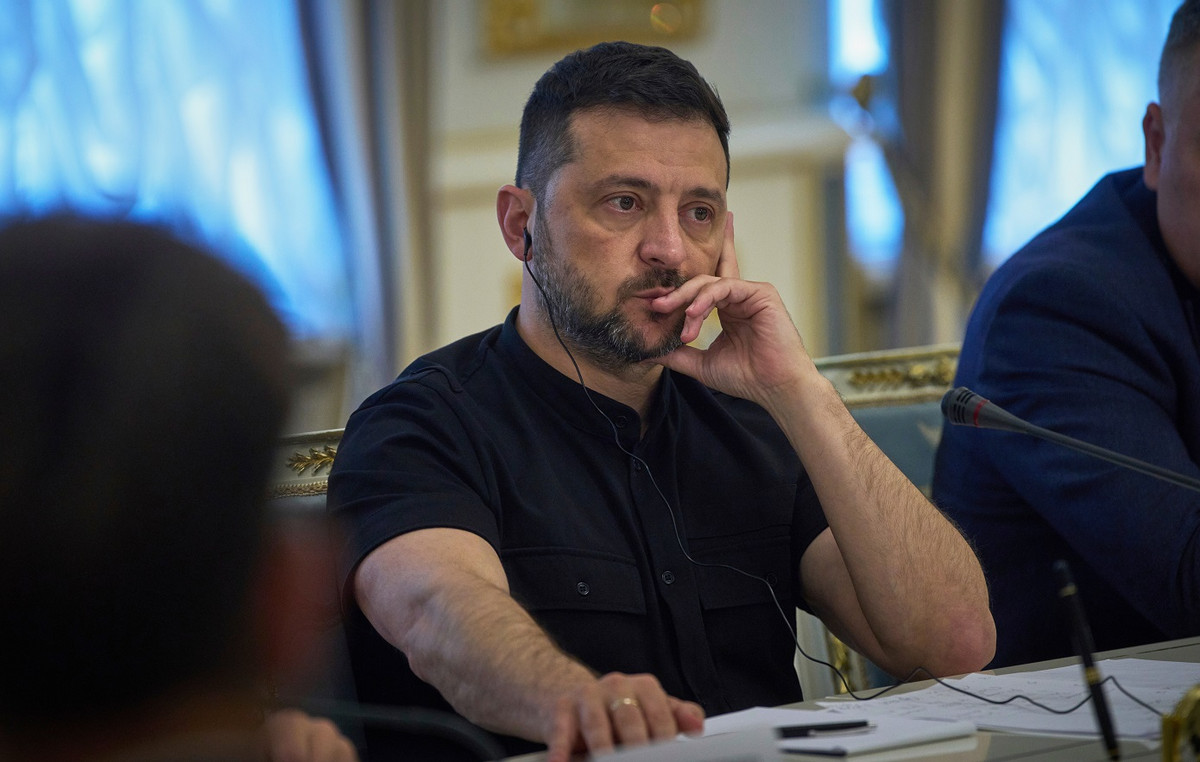More than a month after the Ukrainian army retook Irpin from the Russians, Volodymyr Klimashevskyi still finds the tiny nail-like projectiles scattered in the garden and on the walls of his home.
“You can’t take them off by hand, you have to use pliers,” Klimashevskyi said, pointing to the wall dotted with dark darts.
Called flechettes – French for “small arrows” – these sharp projectiles are a brutal invention of World War I, when the Allies used them to hit as many enemy soldiers as possible.
They are packed in shells and fired by tanks. When the shell is detonated, thousands of “darts” are sprayed over a large area.
Flechette projectiles are not prohibited, but their use in civilian areas is prohibited by humanitarian law, due to their indiscriminate nature. They do serious damage as they tear through the body and can be lethal.
The United States used them during the Vietnam War and the UN Office for the Coordination of Humanitarian Affairs accused the Israeli military of using them against civilians in 2010 in Gaza, according to a US State Department report. Other than that, they were rarely used in modern warfare.

After Russian forces withdrew from the cities and towns north of Kiev that they had occupied in March, evidence emerged that “darts” were being used during the attack.
Irpin, a suburb of Kiev, is not the only place where this evidence has emerged.
In the village of Andriivka, about 20 kilometers west of Irpin, farmer Vadim Bozhko told CNN who found flechettes scattered along the road leading to his house. Bozhko and his wife hid in the basement while their house was bombed.
The darts were also found on the bodies of people who were killed in Bucha, according to Liudmila Denisova, Ukraine’s human rights ombudsman. Denisova said last month that after “the liberation of cities in the Kiev region, further atrocities by Russian troops are being revealed.”
“Forensic experts found flechettes on the bodies of residents of Bucha and Irpin. You [russos] dropped bombs with them and used them to bomb residential buildings in cities and suburbs,” Denisova said in a statement.
Klimashevskyi, 57, still clearly remembers the day the flechettes started raining down on him. It was March 5th and he was lying on the floor of his house, away from the window, protecting himself. A shell hit the house next door, but it didn’t explode. The darts covered the area and destroyed his car window, he said.

Their neighbors Anzhelika Kolomiec, 53, and Ihor Novohatniy, 64, fled Irpin in March. When they returned after several weeks, they said they found several flechettes scattered around the garden and on top of the roof.
“We are finding them all over the place,” Novohatniy said, pointing to the darts that are still housed on the patio roof.
When they were finally able to return home, Kolomiec did what he does every spring. Take care of your garden by planting salad leaves, onions and other plants.
Digging around, she continues to find the small metal darts that Russian soldiers were firing at her house. But the memory of those terrifying days hasn’t stopped her from doing what she loves.
“I love gardening. I don’t have much space, but last year I had hundreds of tomatoes, I was giving them to all my friends. This year we didn’t get any tomatoes, but I have arugula and onions and some flowers.”
Source: CNN Brasil
I’m James Harper, a highly experienced and accomplished news writer for World Stock Market. I have been writing in the Politics section of the website for over five years, providing readers with up-to-date and insightful information about current events in politics. My work is widely read and respected by many industry professionals as well as laymen.







